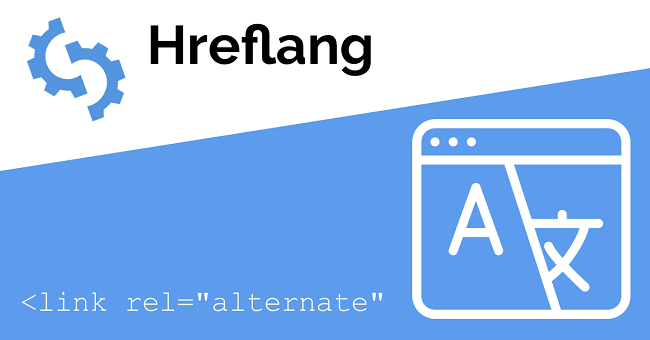In this vast world of digital stores that provide services all around the globe, the value of International SEO has rapidly increased. As the problem of global websites with their wrong language website showing up in the search results was heavily degrading. This geotargeting issue was attempted to be solved by targeting the country signals of separate locations by distinct differences; however, it mostly failed. Later, Google announced the hreflang in 2013, which brought peace to most SEO experts. However, today we are going to talk about the Hreflang Challenges for International SEO:
-
Sites with varying Content
Hreflang functions with the help of a list of URLs of several pages with distinctive language or country sites but with similar content. For websites that have similar content and content structure on each of their pages, it becomes more feasible to map and group them into one. But things become a little tricky for the website with varying content from country to country. There could be several reasons for the disparity in content from country to country. As it might be the case that certain things are barred from being posted in certain countries or certain products are not meant for that particular country. Therefore, it becomes tougher for the content creators to be unique in each content. And therefore, one who sitemaps considers the main site and later multiplies it with other URLs to provide complete coverage. However, the whole system gets into an imbalance.
-
Improper mode of verification
The structural dissimilarity of URLs can cause problems as well. Many people think that most URL structures hold the same structure as the main site. However, this is a little incorrect as site owners use creative and different URL structures. And thus, for this reason, it becomes an arduous task to club or group pages of different domain sites into one.
Some examples of irregular URL structure are:
- example.com/us/category1/page1.html
- example.com/en-sg/products/category1/page1.html
The problem with validation tools is that they don’t bother to crawl and check whether the listed URLs are appropriately working or not. The tools neither check the validation of the site nor check if the URLs are different in the canonical tag. It only does the job of reviewing if an alternate page logic of Hreflang is entered or not. The tool is perfect to use when the developers are well confirmed about the validity of the website links.

-
Business Cannibalization
The primary cause for which tools like hreflang was introduced by Google, i.e., to increase the amount of relevancy. It helps in certifying that the most relevant language and the page come up in the search result whenever a user searches for it from a certain location.
It is done so that the users get the most relevant search results based on the location searching. Moreover, in case of conversion, the local team will benefit from it. However, many pages remain unbaked, like the language is not specifically native to the area it is searched from. Thus, it will propel the customer to bounce back into the search engine and choose other websites.
This case becomes more impactful for websites that are targeting different countries but with similar language. For instance, if someone is searching in Spanish from Argentina, but the search results bring the content in Spanish but from Spain. So, while checking out, the prospect will be barred from placing the order because of the difference in geographical location. Moreover, this will make the Argentinian team fail to register traffic and conversion. And this is regarded as a correct form of incomplete implementations of hreflang.
-
Failing to update Hreflang
Another problem with hreflang list’s sites and XML sitemap files is that they are not checked before it goes live for the search engine results. The reason for which the “submitted URLs sending 404 error” is because of the inactivity of the website. In hreflang list, new sites are added and removed, but they are not updated frequently. Even if you have unique content on different websites, you need to update the hreflang sitemap files to avoid errors.
Conclusion
Thus, hereby it concludes that to correctly target an audience across the world, look over your content and URL structure twice, make it relevant and update the lists as frequently as it can be.

